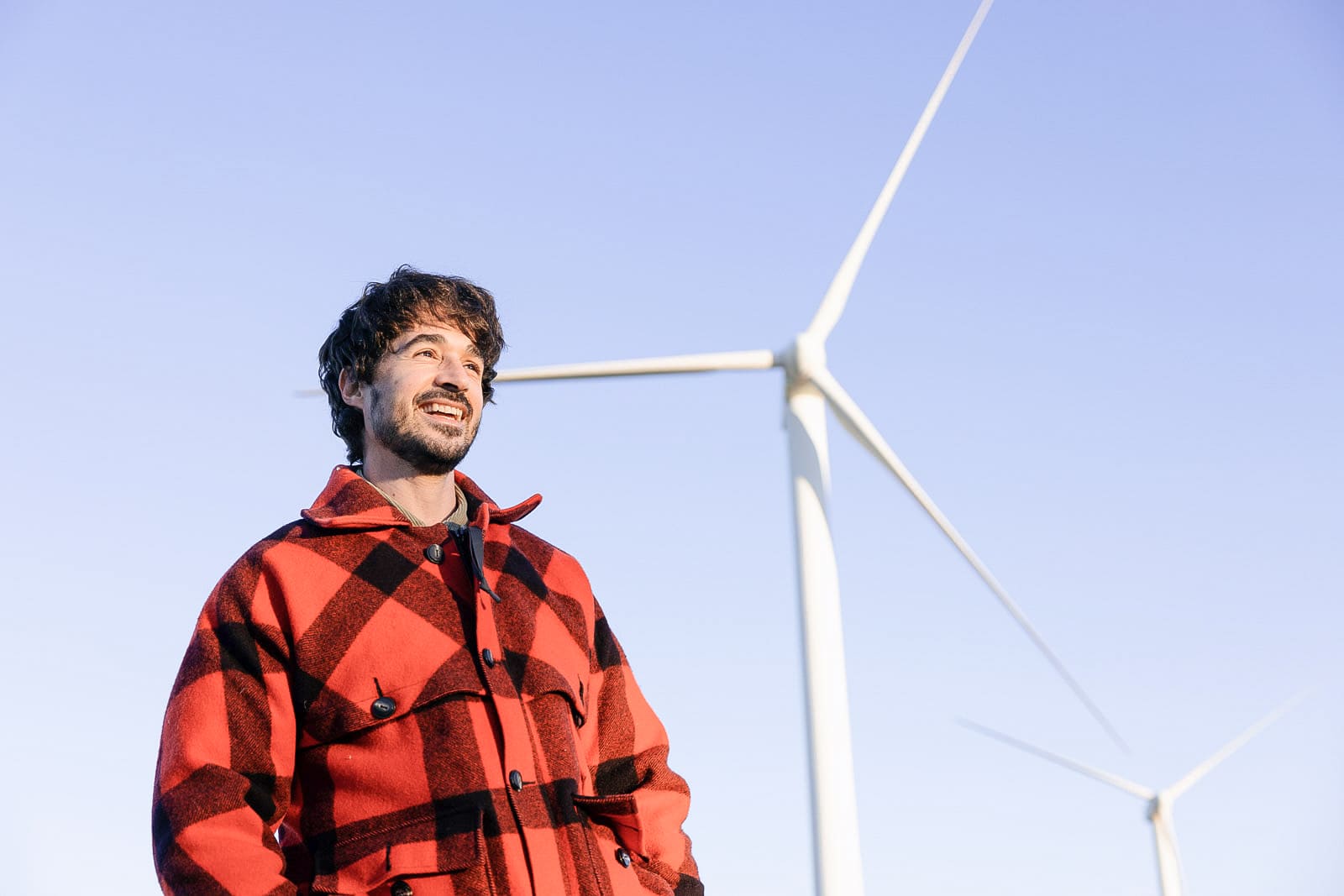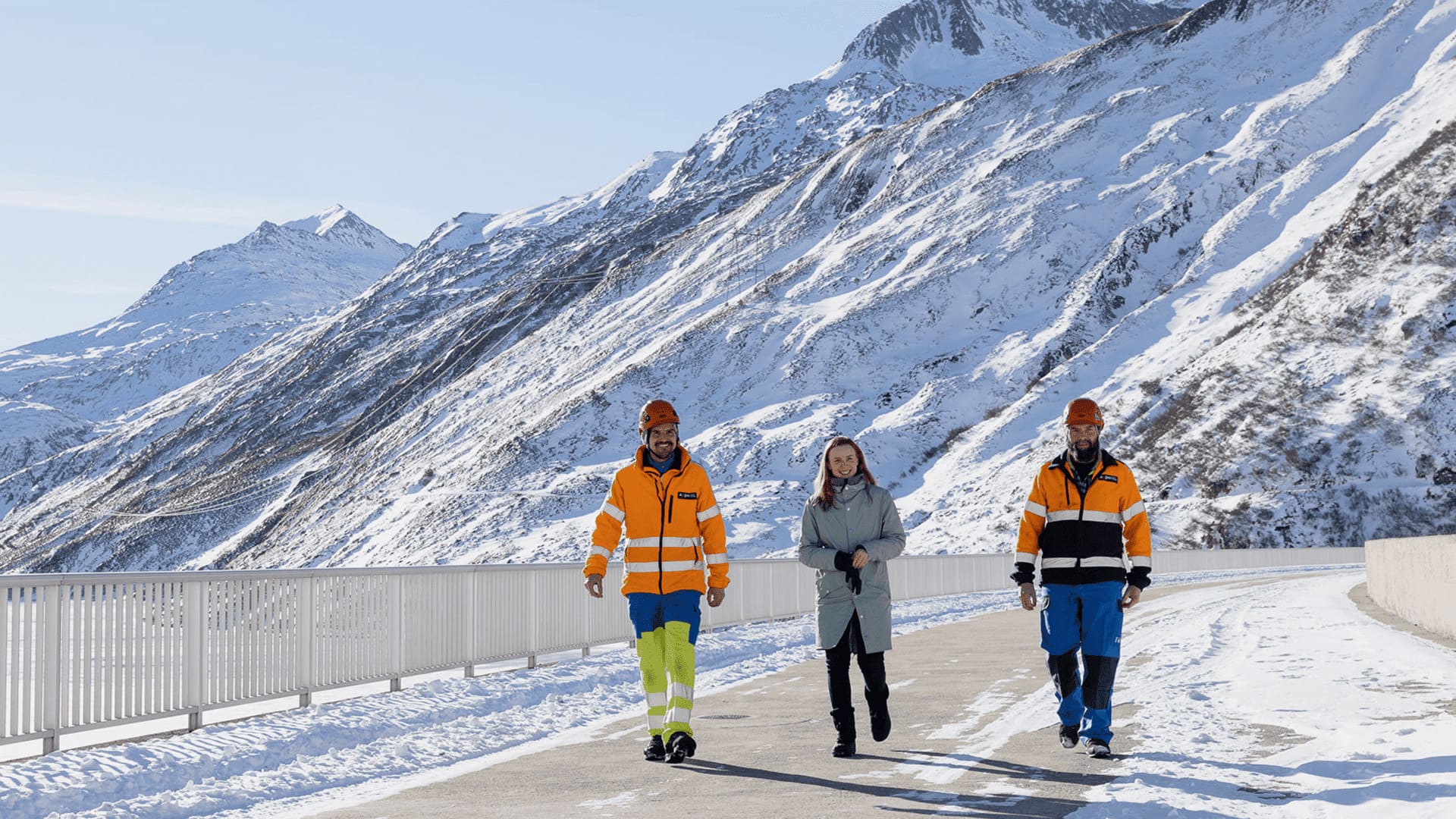25.11.2019 | Studies indicate: Photovoltaics can produce lots of electricity at high altitudes during the winter
Solar power from the mountains
In the medium term, Switzerland must replace power volumes that will be eliminated with the nuclear phase-out. Solar plants in the mountains could make an important contribution. This is the result of research conducted in Switzerland. The big plus: Photovoltaic plants in the mountains produce the most electricity when it is most needed - in the winter.
The Energy Strategy 2050 approved by voters in 2017 foresees subsidies for renewable energies and a gradual phase-out of nuclear power in Switzerland. As a result, Switzerland will have to replace approx. 24 TWh of base load electricity per year in the medium term. This volume is about one third of Switzerland's annual power consumption.
Solar energy will play a key role here. The problem, however, is that demand and production often do not coincide: Solar plants produce the most power during the summer when hydropower plants are already delivering large volumes of electricity and Switzerland has a power surplus overall. The demand is highest during the winter when Switzerland has to import power from neighbouring countries to cover domestic production shortages.
Power at the right time
Increasing the proportion of solar power in the Swiss energy mix is difficult to achieve because capacities for long-term power storage are insufficient. As a result, experts at the ETH Lausanne, the ZHAW Wädenswil, and the Swiss Federal Institute for Forest, Snow and Landscape Research (WSL) propose using solar energy sources in the Alps.
Solar power from the mountains has four advantages says WSL researcher Annalen Kahl: First, there are fewer clouds and less fog in the mountains during the winter. More sun means more energy. Second, solar radiation is higher owing to the snow cover in the Alps and can be efficiently used by solar plants. Third, solar plants can be installed at steeper angles than in the lowlands, and fourth the higher altitudes provide better cooling for solar cells, which, in turn, increases performance.
We must be able to generate significantly more winter power from renewable sources, says ZHAW researcher Jürg Rohrer in an interview with the "Baublatt". The sun's intensity is higher in the mountains. There is less fog, and snow reflects the sunlight. "These are the ideal conditions for solar plants that supply more electricity in the winter than photovoltaic modules on roof tops in the Midlands."
Positive test results
Researchers are encouraged by the first results in a field study on the Totalp above Davos at 2500 metres (see box below). Electricity production is very uniform throughout the year in the nearly upright photovoltaic modules. However, the yearly output in comparison to an optimally positioned solar plant in the Midlands is about 1.5 times higher. Between 22 October 2017 and 22 May 2018, double-sided solar modules generated an energy output that was higher than the average yearly production of a solar plant in the Midlands.
Using existing structures
Up to now, researchers have only touched upon how these types of plants impact the environment. The installation of solar plants in developed areas is certainly preferable, comments Kahl. However, broad portions of alpine areas are accessible by roadways and could be connected to the electricity grid.
The low position of the sun and the reflecting snow would make the installation of solar modules on house facades feasible, adds Rohrer. The ZHAW researcher believes ground-mounted plants would be controversial for environmental reasons (conservation). Therefore, he proposes the use of existing structures, for example investigating the possibility of mounting solar panels on cables above avalanche barriers. According to Rohrer, mounting the panels directly on to the barriers would be much too expensive.
Test on the Totalp
The EKZ and ZHAW Wädenswil test plant is located above Davos, east of the Totalp lake at 2500 metres. Situated on a southern slope, the plant comprises 20 solar modules. The six segments have various angles of inclination (30, 50, 70 and 90 degrees). One-sided (mono-facial) as well as double-sided (bi-facial) solar modules that can produce power on the front and back sides have been installed. The test facility on the Totalp will deliver measurement data over several years so that researchers can obtain meaningful results under various weather conditions.


.jpg)




